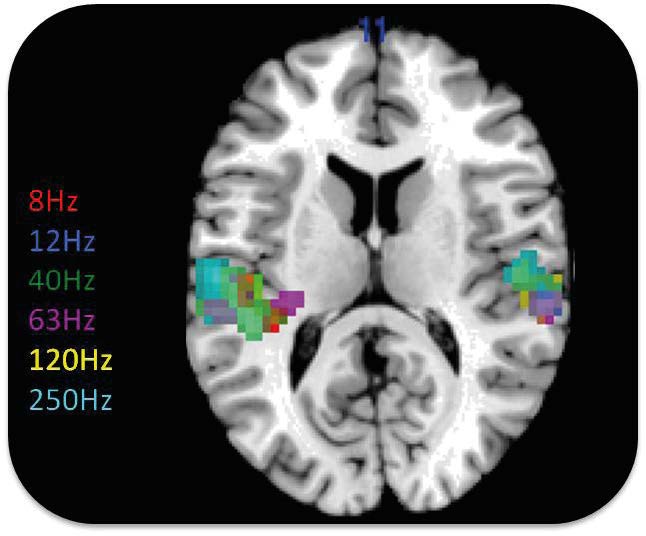

Psychological Medicine, 1–9.ĭe Leede-Smith, S., & Barkus, E. Auditory hallucinations, top-down processing and language perception: A general population study. Progress in Neurobiology, 1481–1420.ĭe Boer, J. Interaction of language, auditory and memory brain networks in auditory verbal hallucinations. Resting-state functional connectivity in medication-naive schizophrenia patients with and without auditory verbal hallucinations: A preliminary report. Altered integrity of perisylvian language pathways in schizophrenia: Relationship to auditory hallucinations.

J., Kanaan, R., Picchioni, M., Toulopoulou, T., et al. Community Mental Health Journal, 54(1), 107–116.Ĭatani, M., Craig, M. A qualitative study of clinicians experience with rating of the global assessment of functioning (GAF) scale. Features of patients with NVAH suggest hyperactivity of the superior temporal gyrus and DMN, and hypoactivity of the prefrontal lobe.Īas, I.

The features observed in patients with CCCAVH are consistent with the “inner speech” hypothesis of AH. We found that schizophrenia patients with CCCAVH and NVAH have distinct functional brain patterns. Schizophrenia patients with NVAH demonstrated increased gFCD in the bilateral superior temporal gyri and most of the components of the default mode network (DMN), and decreased gFCD in components of the executive control network (FWE correct, P < 0.05). As compared to controls, schizophrenia patients with CCCAVH demonstrated increased gFCD in the right Broca’s area, bilateral superior temporal gyri, hippocampus, bilateral insula, and anterior cingulate gyri, and decreased gFCD in the left temporoparietal junction (family-wise error correct, P < 0.05). Statistical significance was set at P < 0.05. We used global functional connectivity density (gFCD) and one-way analysis of covariance to characterize differences in brain function between the two patient groups. We recruited 20 patients with drug-naïve first episode schizophrenia who had constant commanding and commenting auditory verbal hallucinations (CCCAVH), 15 drug-naïve first episode schizophrenia patients who had nonverbal auditory hallucinations (NVAH), and 20 healthy controls to participate in this study. This study aimed to investigate alterations in brain function among different subtypes of auditory hallucinations (AH) in drug-naïve first episode schizophrenia patients.


 0 kommentar(er)
0 kommentar(er)
